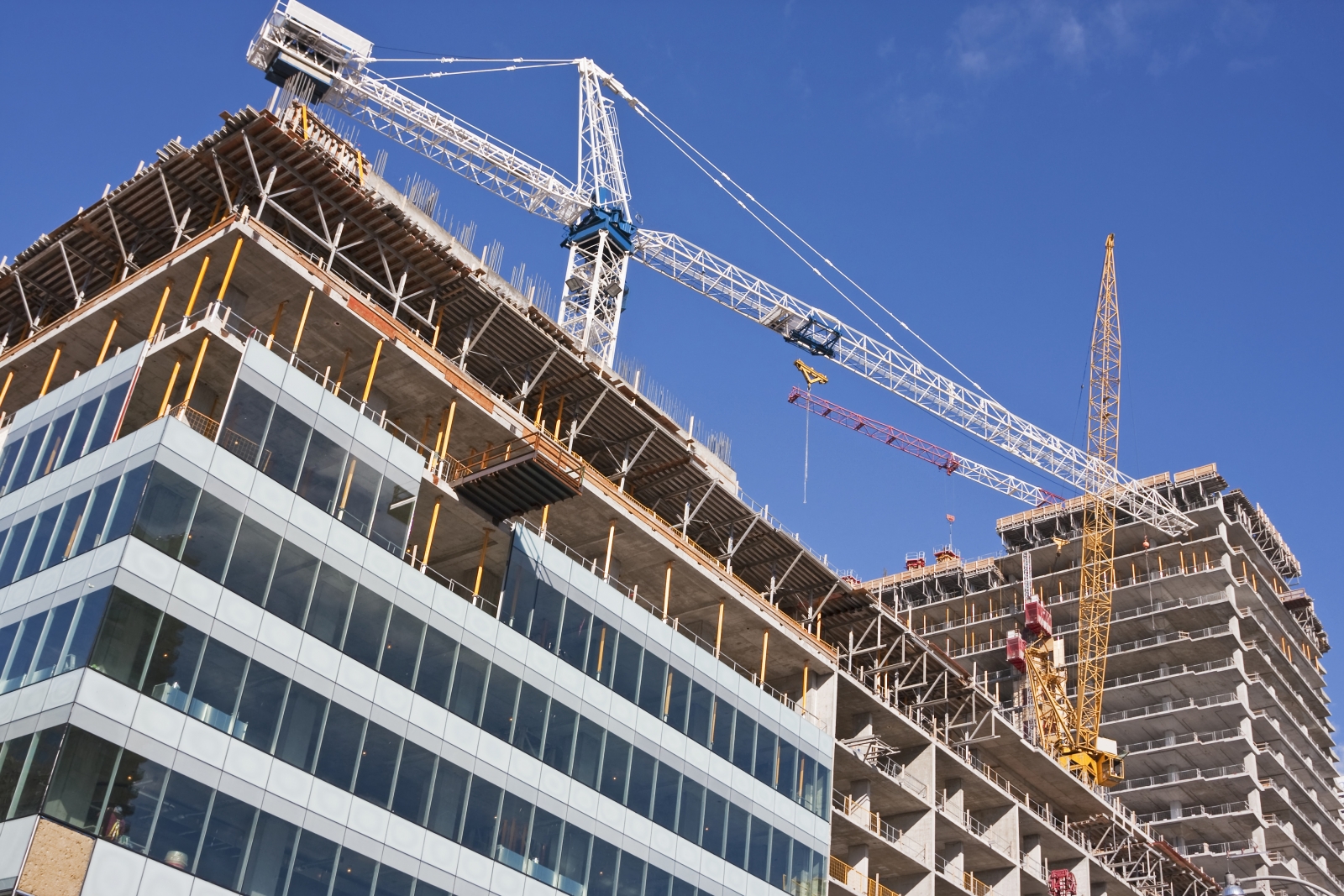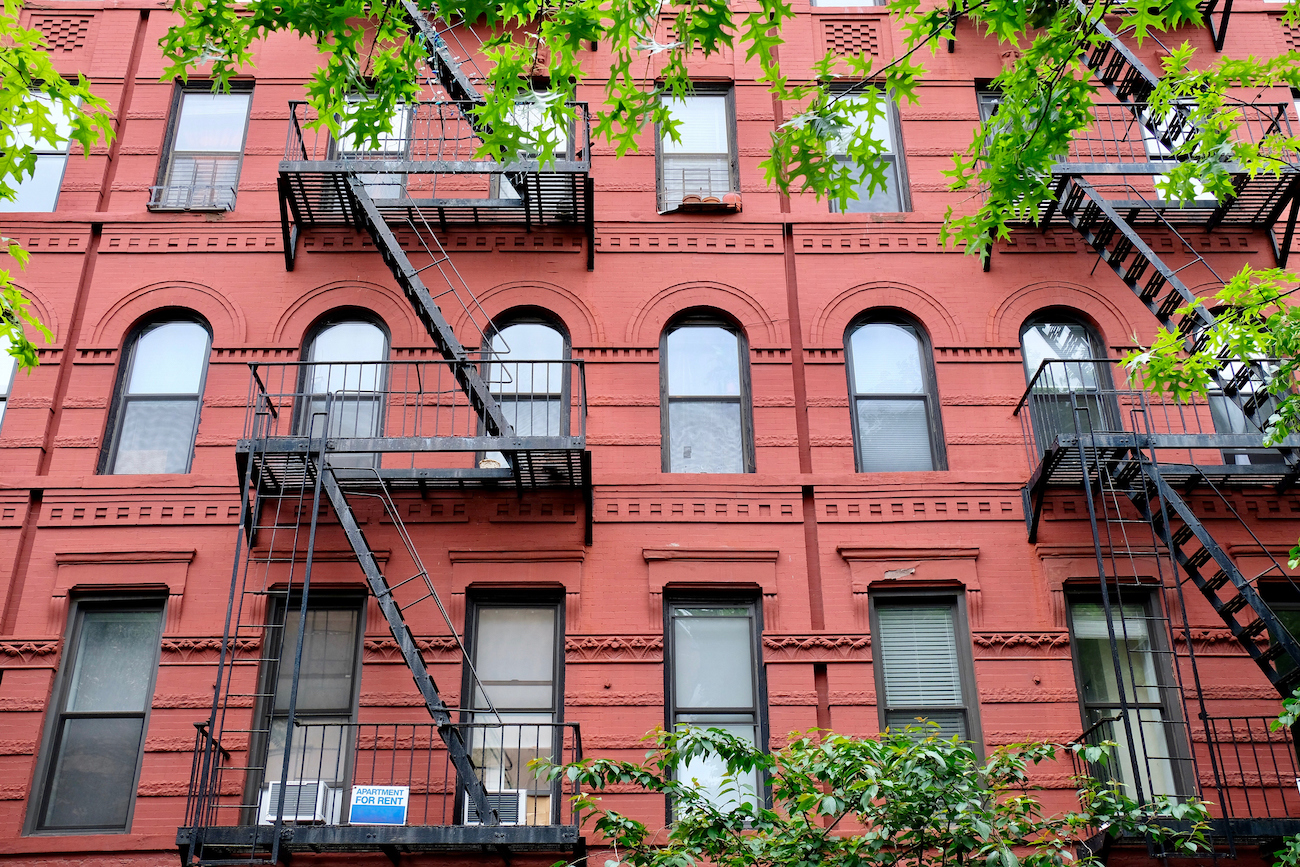
Here are the common defects in NYC buildings to watch out for.
Despite their shiny facades and top-of-the-line amenities, new developments in NYC commonly have problems. Here we explore nine common defects in NYC buildings, many of which usually surprise buyers. Be sure to look out for these issues on the final walk-through of your unit and new development building.
1. Broken Appliances
Imagine buying a brand-new apartment, and the freezer can’t make ice and the refrigerator isn’t properly cooling. These failures can happen to any appliances in a new unit. It’s important to remember that in new developments, appliances are often installed months prior to the move-in date, and may not have not been tested recently. When doing your final walk-through, try out all the appliances. If you encounter a broken one, notify the management company immediately.
2. Broken Heating and Cooling Systems
You’ve moved in; summer is fast approaching, and you start cranking up the AC, only to realize that it’s not responding. Or, once you start playing with the controls, only warm air comes out of the vents. This is a sign that your heating and cooling system may need repair. Often these systems are not tested during the construction of the building, so they’ll need a tune-up after buyers move in. In other instances, panels may need to be reset or rewired by professionals.
3. Poor Insulation
During the winter, is your apartment colder than the outside? Can you feel the draft coming through the walls or windows? Or maybe you can hear your next door neighbor sneezing through the walls? If you recognize any of these symptoms, you likely bought into a building with poor insulation. Be sure to ask the listing agent how well the building is sealed, a term that refers to the building’s overall insulation and air control. While some issues, like drafty windows, may be fixed with caulking or adjustments, poor insulation between the exterior and interior, or between apartments, is not easily remedied without costly repairs. Potential red flags include apartments with floor-to-ceiling windows and apartments with direct access to outdoor space.
4. Leaks
Don’t assume you are safe from water damage just because you’re not on the top floor. Leaks can happen from windows and walls as well as from the ceiling above. Kitchens and bathrooms are also common sites of leaks, due to plumbing and drainage issues from neighboring units. Regardless of the source, it can take an extended period of time to identify where water is penetrating from. Before moving in, ask your agent or management company about the location and accessibility of the building’s pipes. The last thing you want is to have the plumber break through your walls to reach a leaking pipe.
5. Plumbing Issues
Plumbing issues come in many different flavors. Perhaps your unit isn’t getting hot water, or the pressure is too low. These issues can make it difficult to shower or flush a toilet. Sometimes the problem can be isolated to your unit, but in many instances it may impact the entire line of apartments.
6. Flooring
Are the floors buckling and sending planks of floorboard vertical? That’s indicative of subpar flooring or poor installation. Although floors do expand and contract with changing temperatures, the building’s design should take this natural fluctuation into account. If you notice damage or unusual buckling, take it up with the building’s management company.
7. Structural Issues
It’s normal to see some light cracking in the drywall as a building settles. However, there are some instances where foundations haven’t been properly laid or other construction defects result from significant structural issues. These may require immediate reinforcement to ensure the building’s longevity and safety.
8. Fixtures and Finishes
Towel rods, door handles, shower rods and other fixtures can quickly start to fall apart as well. This is usually a sign of poor craftsmanship and installation. Some owners may find that after years of occupying a unit, everything begins to fall apart at once. This is typically a result of natural wear and tear, and is to be expected as fixtures reach the end of their life cycle. Ask the sponsor who is responsible for replacing such objects. If a fixture breaks or shows wear before the end of its warranty, the sponsor may cover the cost of replacement.
9. Common Areas
Are the amenities falling apart, or perhaps not finished as they were advertised? This could be due to developer negligence, poor craftsmanship or an unfortunate combination of both. Damaged or neglected common space is a red flag, as these areas are often some of the buildings’ biggest selling points. When you see a common area that is neglected, it may be a reflection of other issues hiding behind the walls. Also, elevator issues caused by mechanical breakdowns may plague a new development — unfortunate, as elevators are often essential for residents to access their units.
How to Navigate Defects
If you come across material defects within your own unit, it’s important that you raise them immediately with your management company. The management company will then relay these issues to the sponsor, who will likely have someone come to make appropriate fixes. If the issues seem like they are beyond the scope of your own unit, ask your neighbors if they are noticing similar problems. You may want to address the sponsor as a group of owners to see if they are amenable to addressing such issues. If they are not, the group of owners may have to hire a lawyer.
—
Hey, why not like StreetEasy on Facebook and follow @streeteasy on Instagram?










